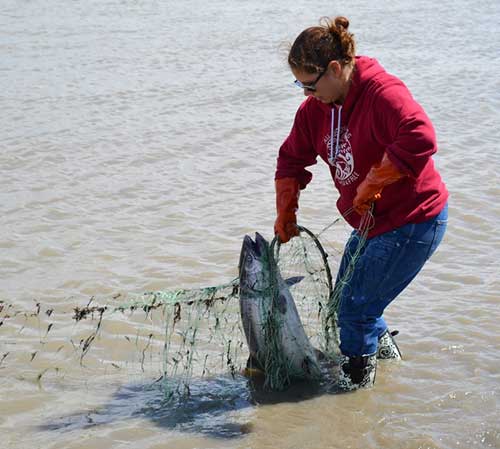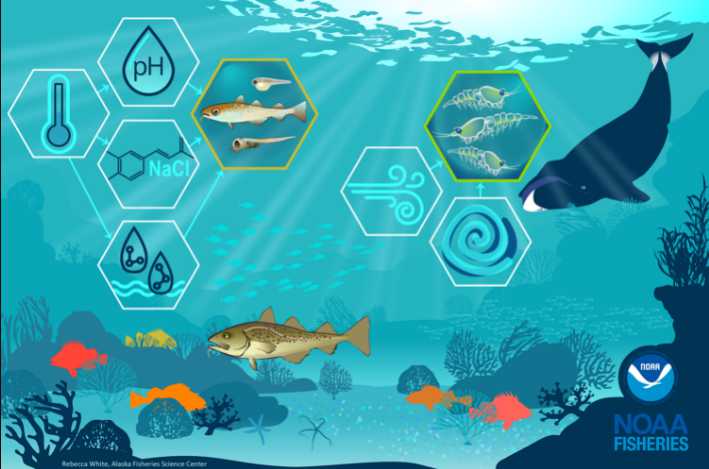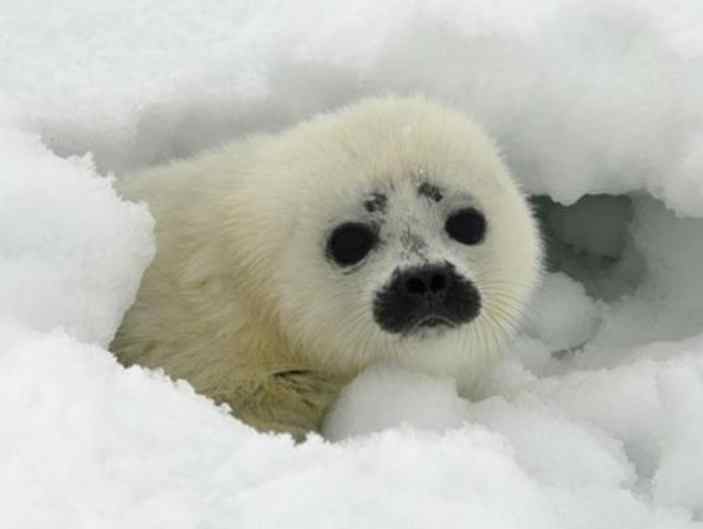
The U.S. Fish and Wildlife Service today released the preliminary Environmental Assessment on the Kodiak Regional Aquaculture Association’s application for a special use permit to conduct a nutrient enrichment project on Karluk Lake within the Kodiak National Wildlife Refuge (Refuge). The project area covers the Karluk Lake basin, including Thumb and O’Malley Lakes. The Service also released an analysis of impacts to subsistence uses (called an ANILCA 810 Evaluation).
“Like most Alaskans, we value healthy, wild salmon and salmon habitat, and recognize how important they are to the surrounding communities and to other critical wildlife in the area,” said Anne Marie LaRosa, Kodiak National Wildlife Refuge Manager. “In the coming weeks, I look forward to meeting with community members or seeing their written comments on this preliminary Environmental Assessment.”
Karluk Lake is the largest lake in the Kodiak Archipelago, and its watershed supports all five species of Pacific salmon. It has historically been the largest producer of sockeye salmon on Kodiak Island. From 2008 to 2011, the early run of Karluk Lake sockeye failed to meet the Alaska Department of Fish and Game’s minimum escapement goals. In 2012, Kodiak Regional Aquaculture Association submitted an application for a special use permit to the refuge to fertilize Karluk Lake to increase lake primary productivity. The effort is intended to increase juvenile salmon size and survival, and ultimately adult sockeye salmon harvest. Since 2012 sockeye salmon returns to Karluk Lake have rebounded, exceeding the minimum escapement goal; in 2014, returns exceeded the maximum escapement goal.
As required by the National Environmental Policy Act this preliminary Environmental Assessment presents the proposed project, other reasonable alternatives, current conditions and pertinent science, and related environmental consequences of each of the alternatives. In addition to the proposed fertilization, the Service has developed and analyzed three other alternatives for consideration, including a “No Action” alternative (that would maintain current management), an alternative to stock Karluk Lake with sockeye fry, and an alternative to combine fry stocking and fertilization. The ANILCA 810 Evaluation analyzes the potential for changes in the abundance or availability of subsistence resources as a result of each of the alternatives.
Copies of the preliminary Environmental Assessment can be found on the Kodiak Refuge website: www.fws.gov/refuge/Kodiak. Hard copies will be available at the Kodiak Refuge Visitor Center, 402 2 Center Ave, the Kodiak office of the Alaska Department of Fish and Game, the Kodiak Public Library, and the Kodiak College Library beginning Monday, December 8, 2014.
The Service welcomes comments on the preliminary Environmental Assessment from members of the public during a 60-day public review period. In particular, the Service is looking for any additional information and alternatives we should consider.
Comments are due by February 1, 2015, and may be submitted by email to fw7_kodiak_planning@fws.gov or by mail to Pete Wikoff, U.S. Fish and Wildlife Service, 1011 E. Tudor Road, Anchorage, Alaska 99503.
An open house will be held on January 13, 2015 from 4:00–8:00 p.m. at the Kodiak Refuge Visitor Center, Kodiak, Alaska. Refuge representatives will be available to discuss the project and to get additional information from the public to help inform the decision.
The U.S. Fish and Wildlife Service is committed to providing access to this open house for all participants. Please direct all requests for sign language interpreting services, close captioning, or other accommodation needs to the Kodiak National Wildlife Refuge at 907-487-2600 by close of business December 21.
Once the public comment period closes, the project team will review the information and comments submitted by the public and make appropriate changes. A final decision document will then be issued selecting one of the presented alternatives.







